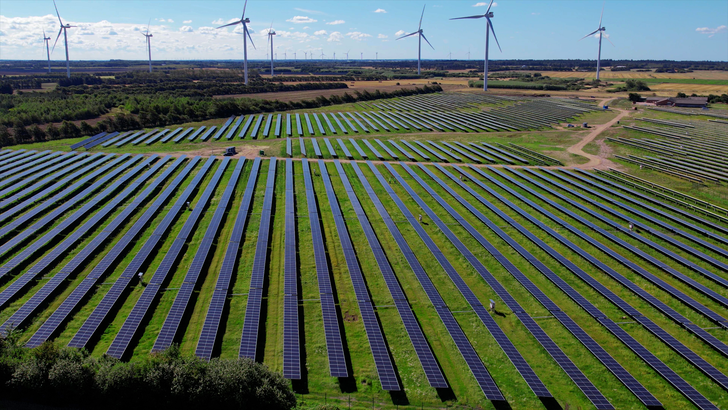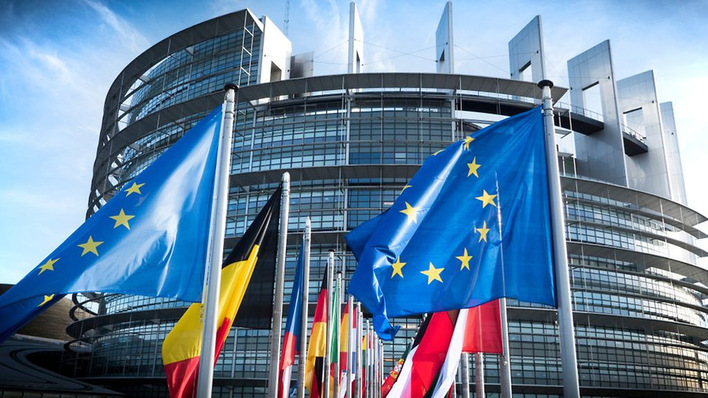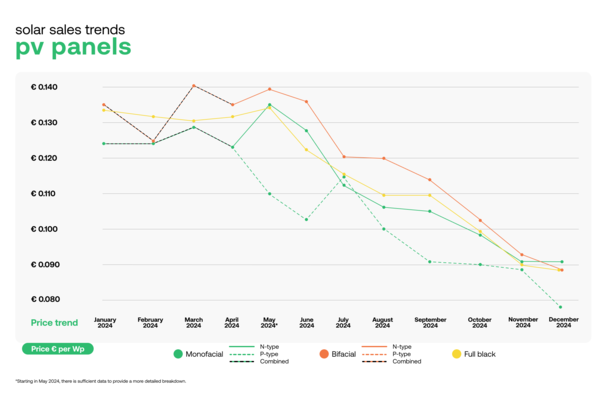Global consulting firm McKinsey & Company launched a new research revealing the energy sector has a widening “reality gap” between decarbonization technology project commitments and realization. The analysis focuses on Europe and the United States, given both have set explicit targets and have readily available data. It highlights that the disparity between project target volumes, expected volumes and those reaching final investment decision (FID) is significant – threatening the pace of the energy transition.
The article “The energy transition: Where are we, really?” suggests corporate, public and private investors are hesitating about deploying capital due to softening business cases, technology cost-competitiveness, and project enabling and market forming policy support. This is underscored by a significant proportion of announced projects not yet reaching FID, amplifying the risk of project cancellation. For projects with longer lead times in specific technologies, such as offshore wind, the industry is quickly reaching the stage at which FID status projects will only come online after 2030 – impacting countries’ abilities to reach 2030 Paris Agreement commitments.
Several hurdles to be overcome
This divide is being driven by several factors. First, the challenging macroeconomic environment and fluctuating investment climates post-COVID are impacting the financing and prioritization of projects. This is then compounded by long permitting procedures, grid reform challenges and carbon pricing fluctuations which delay the approval and deployment of new projects. Once projects do reach FID, a lack of skilled workers in green technologies is again slowing down the installation and maintenance of systems across the supply chain.
See also: Double investments in power distribution or lose race to net-zero
With decarbonization technology projects experiencing significantly high fall-through rates, McKinsey’s analysis shows that Europe and the United States are falling short of announced targets – and therefore, swift action is required. In renewable power generation in the US, for example, more than 1,000 green or blue hydrogen projects have been announced since 2015, but fewer than 15% have reached FID. In more established technologies such as solar, PV capacity additions are projected to stagnate after 2028 at 220GW because of a lack of firm commitments – and of the announced capacity expected to come online before 2030, ~60% is still pending FID.
International supply chain tensions and trade disruptions
In Europe, the solar pipeline is not currently on track to meet 2030 capacity targets of 600GW, with less than 390GW of capacity planned to be online by the end of the decade. Of the ~114GW of additional capacity expected to come online by 2029, less than 20% has reached FID. There is of course the recognition that in some technologies, like PV, there is still an ability to accelerate deployment ahead of 2030 goals. Offshore wind has a gap of only 18GW remaining to meet its overall 2030 target of 176 GW. But, again, of the announced 124GW of offshore wind capacity in Europe, ~65% is still pending FID.
Also interesting: Denmark – More PV for district heating
Humayun Tai, Senior Partner at McKinsey reflects on the findings: “Transforming the energy system hinges on the coordinated deployment of interlinked and interdependent technologies. A slowdown in deployment in one area of the energy system can cause cascading delays and hamper the growth of other technologies. This data confirms the reality gap that we believe the industry is experiencing, especially through inflation and system shocks alongside geopolitical uncertainty, which is seeing international supply chain tensions and trade disruptions. It further underscores the need for companies to reassess the current strategies to further drive the transition.”
Revisit decarbonization plans to pioneer the next wave of progress
The analysis highlights decarbonization technologies such as carbon capture utilization and storage (CCUS) and hydrogen are also facing bottlenecks, such as the need to build out entire value chains for technology deployment. CCUS project pipelines are full and ambitious with 60x and 9x the current CCUS capacity to be available in Europe and the US respectively by 2030. There is a pipeline of 148mpta in Europe and 170mpta in US, but 44mpta and 132mpta of projects respectively are still lacking FID, underscoring a high risk of this not materializing.
Thomas Hundertmark, Senior Partner at McKinsey comments: “While the gap is widening, there is still a window of opportunity for governments and companies to deliver the growth needed while meeting their net zero ambitions. Doing so will require revaluation of existing strategies and regulatory regimes, many of which were devised to assume a different economic and policy landscape than exists today.
Also see: Less energy is more
With a clear view of the reality gap emerging, now is the time for stakeholders across the energy value chain to revisit decarbonization plans to pioneer the next wave of progress. Our forthcoming Global Energy Perspective will demonstrate how far the gap needs to close as we look at different levels of technology deployment, policy, and incentives across the energy system.” (hcn)








